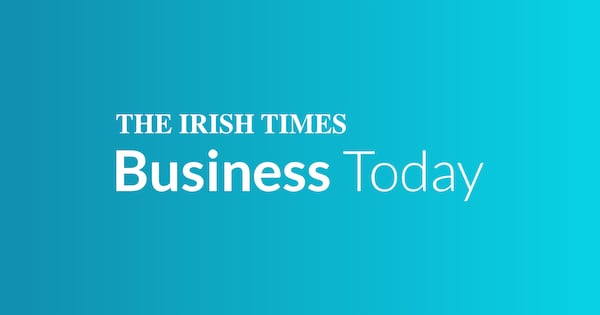The US and the European Union are closing in on a trade deal, reports suggest, centred on a tariff of 15 per cent to apply on EU imports into the US market.
Given that this news emerged only hours after other reports that the talks were in trouble and the EU was preparing more powerful retaliation, we need to be careful.
There still seems some way to go in these talks. This could be an emerging deal. Or it could all look very different in a few days time – or even a few hours time.
But what would a deal like this mean for Ireland?
READ MORE
It would avoid a trade war
The biggest plus for Ireland, and the EU in general, is that it would avoid an all-out fight between the two sides in which US president Donald Trump goes ahead with his threatened tariffs of 30 per cent by August 1st and the EU responds.
[ EU backs potential counter-tariffs on €93bn of US goods if no dealOpens in new window ]
This could quickly have escalated and, as well as a hit to trade in goods, Ireland would worry that the EU might – using new powers that France in particular has argued should be readied – target US big digital service companies, many of which have their European headquarters in Ireland
Many tariff levels may not change much from where they are now and some may fall
There were tariffs on EU imports into the US before Trump came to office this time – averaging 4.8 per cent.
The 10 per cent tariffs that Trump applied back in April were in addition to these existing ones. Reports now suggest, however, that the 15 per cent could be a total – in other words it is not in addition to tariffs that applied before.

How will the updated National Development Plan shape Ireland in years to come?
The best way of illustrating this is to look at one of Ireland’s big exports to the US – butter. Brands such as Kerrygold had already faced a 16 pent cent tariff entering the US. This rose to about 26 per cent in April, adding Trump’s 10 per cent.
Were a 15 per cent tariff to apply – and not be added to what was historically in place – the import tax on butter would fall back to 15 per cent, roughly where it was before Trump came to office.
[ EU moves towards accepting 15% tariff as price of dealOpens in new window ]
Other sectors – engineering, industrial products, soft drink concentrates and so on – will also be doing their sums when the full detail becomes clear. There is a long way to go, however, before that.
Some areas may get ‘carveouts’
The reports suggest that some areas may get special treatment, with lower or no tariffs.
These include areas that are important to Ireland – aircraft, spirits and medical devices. Were this to form part of the final deal, that would be good news.
Pharma uncertainty may remain
Carveouts are not all positive. Potential tariffs on pharma are part of a separate group of import charges, different from the so-called “reciprocal” tariffs that are central to the trade talks.
The EU might be hoping – like the UK – to get a mention in the deal of potential preferential treatment in this separate process. But Trump is likely to push ahead with measures to try to relocate pharma investment, so this will remain an economic risk for Ireland even if a 15 per cent deal is done.
[ ECB set to hold interest rates with Trump tariffs unresolvedOpens in new window ]
Tariffs cost growth and jobs
Higher tariffs will cost jobs and growth, but working out the impact is impossible before seeing the full details of a deal and also understanding what is going to happen to the pharma sector.
Research by the ESRI and Department of Finance in March suggested that a 10 per cent additional tariff could result in economic output being 2 per cent lower in four years time, and leave employment about 45,000 lower.
However, a hit to the pharma sector could have further knock-ons not only to jobs but also to corporate tax. This will all have to be factored into the calculations for October’s budget.













